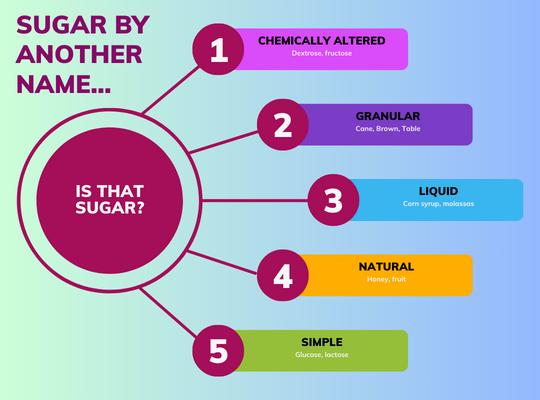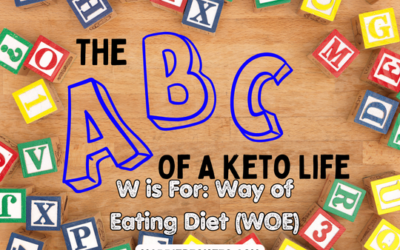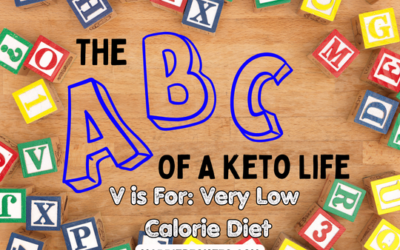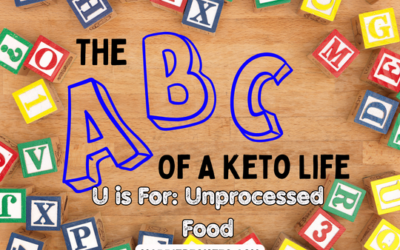If you’ve read our blogs, you know I have a personal beef with sugar. Added sugar was once my crutch in life. When stressed, I turned to chocolate. If I celebrated something, I turned to cake. And when bored, I baked sweet stuff. It’s so addictive! And here’s my other beef with sugar – it can be difficult to identify. Because many of us are onto the fact that sugar is destructive, companies put it in the nutritional information with different names. I decided to do a blog series on the many names of sugar. Today we look at corn syrup.
What is Corn Syrup?
So, there are two types of corn syrup, which caused me confusion when I started my research. There is corn syrup, which is from the starch of corn. It is available in the baking aisle of your grocery store and is similar to maple syrup. Then there is the high fructose corn syrup (HFCS). This is a commercial sweetener, that’s what we are eating in a scary amount, and that is what we will be discussing.
High fructose corn syrup was first introduced on a large scale in the 1970’s. It was from corn, so it was cheaper to make, had a longer shelf life, and was better at enhancing flavor. Back when it was first introduced, HFCS was about 1% of the sweetener used in products. In 2004, it accounted for 42% of sweeteners. Today that has decreased somewhat. Not because of health conscious companies, but because the price of corn has increased, so it’s more expensive to make.
How Is It Made?
First of all, the producers mill the corn to break out the cornstarch. The cornstarch is then broken down and it becomes glucose. It’s then further processed so about half of the glucose turns into fructose. Why go to that bother? Well, because fructose is sweeter than glucose. As a society, that’s what we want.
What is High Fructose Corn Syrup Used In?
HFCS is in sweetened drinks, like soda. You find it in the usual suspects, such as candy, fast food, and baked goods (including many breads). But what isn’t as well known is that you also find it in canned foods, cereals, and sweetened dairy products, such as yogurt. It’s important to read the ingredient labels and be aware of what HFCS is, and if it is in your food.
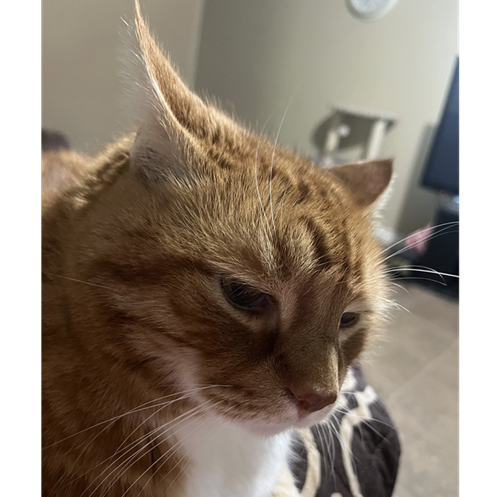
In 2008, research showed that 54.7 grams of HFCS was being eaten by Americans every day. That equals almost 11% of your calories. Teenagers were taking in 72.8 grams of it a day! That’s setting our youth up for the many negative effects of taking in too much added sugar.
What Are the Long Term Effects of Corn Syrup?
The effects of high fructose corn syrup are similar to sugar. Eating too much of it can lead to obesity, fatty liver disease, and gout (a painful type of arthritis). Naturally, type 2 diabetes is also a disease influenced by HFCS. Research shows that nations who use HFCS as a sweetener in foods have higher levels of type 2 diabetes than those nations who don’t use it.
A Final Thought
It’s important to note that HFCS is often referred to in Canada as glucose-fructose. Check the nutrition labels for that! It’s the same thing, just called something a bit different.
The obesity epidemic began in the early 1980’s. HFCS was being used consistently in the late 1970’s and increased dramatically between the 1980’s- 2000’s. Hmm, coincidence? I didn’t find any evidence of a direct correlation, but it seems suspicious to me. Some research says it is an urban myth, and that sugar is just as harmful as HFCS. I totally believe that is true, but adding another sweetener to our commonly eaten foods can’t help things. And having it in some of the foods that are “healthier” like yogurt is just plain deceptive, if you ask me. To be clear, no one did.
Wendy

